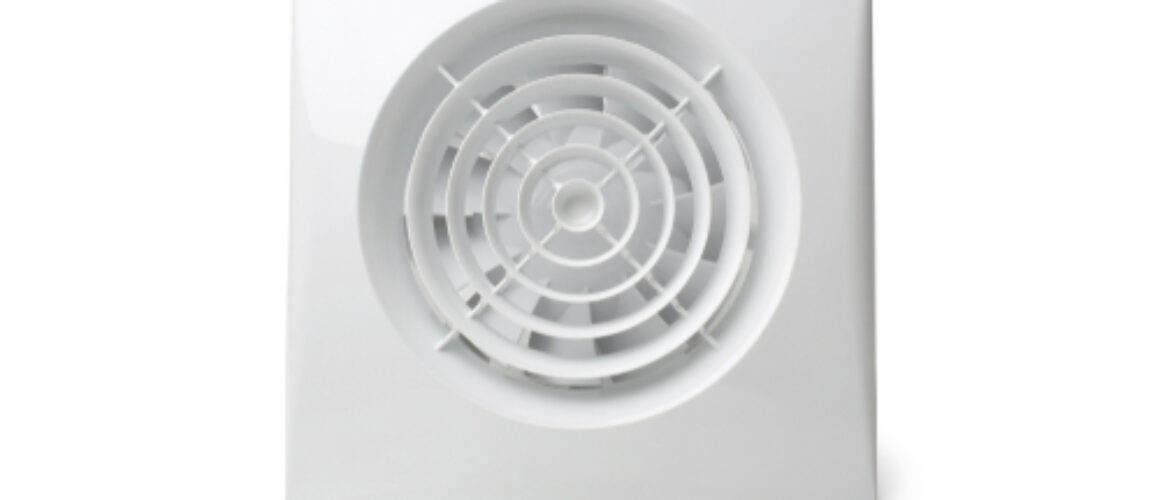Choosing the right size and power for your extractor fan
Are you tired of having a stuffy and humid bathroom? Or perhaps a kitchen filled with smoke and strong odours? These problems can be easily solved with a high-quality extractor fan. However, choosing the right size and power for your extractor fan can be a daunting task. Don’t worry, Electrical Discounted Supplies is here to help. In this blog post, we will guide you through the important factors to consider when selecting an extractor fan, ensuring that you choose the perfect one for your needs.
Why choosing the right size and power is important
The size and power of an extractor fan directly impact its effectiveness in removing moisture, steam, smoke, and odours from your bathroom or kitchen. Choosing a fan that is too small or underpowered will result in inadequate ventilation and a build-up of moisture and unpleasant smells. On the other hand, selecting a fan that is too large or overpowered can be wasteful and noisy, and may even cause damage to your property’s structure. It is crucial to choose the right size and power for your extractor fan to ensure optimum ventilation and maximum comfort in your home.
Understanding the different types of extractor fans
Extractor fans come in different sizes and power levels, and there are different types to choose from as well. The most common types of extractor fans are axial fans, centrifugal fans, and mixed flow fans. Axial fans are the most popular extractor fan type, and they work by moving air in a straight line. They are perfect for small rooms and low air-pressure systems. Centrifugal fans, on the other hand, are ideal for larger rooms and high-pressure systems. They work by moving air in a curved motion, which allows them to generate more power than axial fans. Mixed flow fans combine the features of axial and centrifugal fans, making them perfect for homes with larger rooms that require more ventilation.
Calculating the required size and power of your extractor fan
The size and power of an extractor fan depend on the size of the room and the amount of ventilation required. To calculate the required size and power of your extractor fan, you can use a simple formula:
Room volume (cubic feet) x air changes per hour (ACH) ÷ 60 minutes = required cubic feet per minute (CFM)
For example, if you have a bathroom that measures 8 feet by 10 feet with an 8-foot ceiling, its volume would be 640 cubic feet. If you want to achieve at least 8 air changes per hour (ACH) to ensure adequate ventilation, you would multiply the room volume by 8, which gives you 5120 cubic feet per hour.
To convert cubic feet per hour to cubic feet per minute, you would divide by 60, which gives you 85.33 CFM. Therefore, you would need an extractor fan with a minimum airflow of 85 CFM to meet your ventilation requirements.
Tips for installation and maintenance of your extractor fan
Installing an extractor fan is a straightforward process, but it does require some basic electrical knowledge and DIY skills. If you’re not comfortable with electrical work, it’s always best to hire a professional to do the installation for you. Here are some tips to help ensure a successful installation:
- Choose the right location: Your extractor fan should be installed in a location that allows it to extract air efficiently and effectively. In most cases, this means installing it near the source of moisture or odors, such as above a shower or cooking area.
- Use the correct wiring: Your extractor fan should be wired into your electrical system using the correct cables and connectors. Make sure you follow the manufacturer’s instructions carefully, and always turn off the power before working on any electrical wiring.
- Ventilation ducts: Your extractor fan should be connected to a ventilation duct that leads to the outside of your property. The duct should be the correct size for your fan and should be installed as straight and as short as possible to ensure optimum airflow.
- Maintenance: To keep your extractor fan working efficiently, it’s important to clean it regularly. Simply remove the cover and clean the blades and motor with a damp cloth. You should also check the ducting for any blockages or damage and replace it if necessary.
By following these tips, you can ensure your extractor fan is installed correctly and maintained properly, providing you with optimum ventilation and maximum comfort in your home. At Electrical Discounted Supplies, we offer a wide range of extractor




